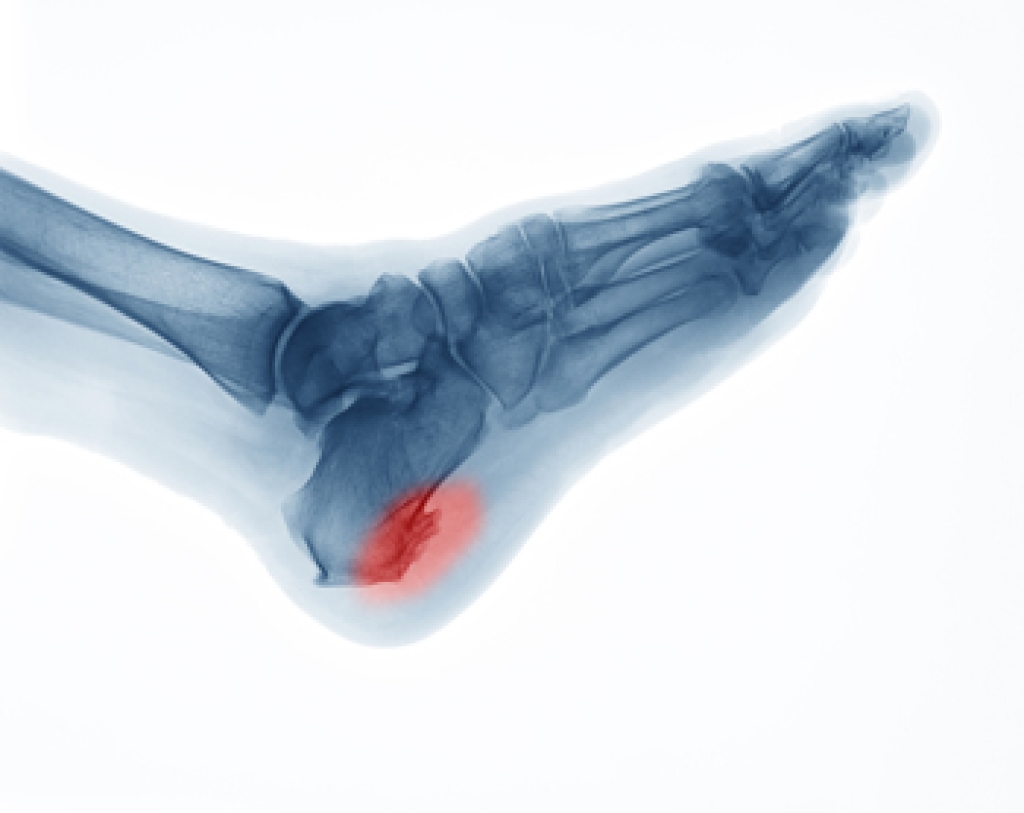
Heel spurs, bony protrusions at the base of the heel, can be a source of persistent discomfort, demanding a closer examination of the factors contributing to their development and the signs indicative of their presence. These bony outgrowths often stem from the prolonged strain on the plantar fascia, a band of tissue connecting the heel to the toes. Repetitive stress, typically associated with activities like running or standing for extended periods, may cause the plantar fascia to pull away from the heel bone, leading to the formation of heel spurs. Symptoms manifest as a sharp, stabbing pain, particularly during the first steps in the morning or after prolonged periods of rest. Pain may also intensify with activity. While not everyone with heel spurs experiences symptoms, understanding the potential causes and recognizing these signs empowers individuals to seek timely intervention. If you have heel pain, it is strongly suggested that you confer with a chiropodist who can accurately diagnose and treat heel spurs.
Heel spurs are bony outgrowths from calcium deposits. They occur at the back of the heel bone or underneath the heel bone and usually form in response to chronic irritation of the Achilles tendon or plantar fascia. They are often asymptomatic, but if you are suffering from heel pain, please consult with one of the chiropodists from The Footcare Centre. Our chiropodists can help you maintain the health of your lower limbs and your mobility.
Symptoms of Heel Spurs
- Tenderness
- Heel pain
- Pain when walking
- No symptoms
Diagnosis
Since heel spurs are often asymptomatic, they are usually only diagnosed when they are found on the heels incidentally during an X-ray taken for another reason. Nevertheless, if you have heel pain, and particularly if you have plantar fasciitis or Achilles tendonitis, it may be worth it to see if you have heel spurs too.
Treatment
Unless they are causing symptoms, heel spurs typically don’t require any treatment. When they are symptomatic, treatments are typically conservative. They may include resting and icing the affected foot, taking anti-inflammatory medications, and wearing orthotics or supportive footwear, especially while exercising.
If you have any questions, please feel free to contact our office located in . We offer the newest diagnostic and treatment technologies for all your foot care needs.
